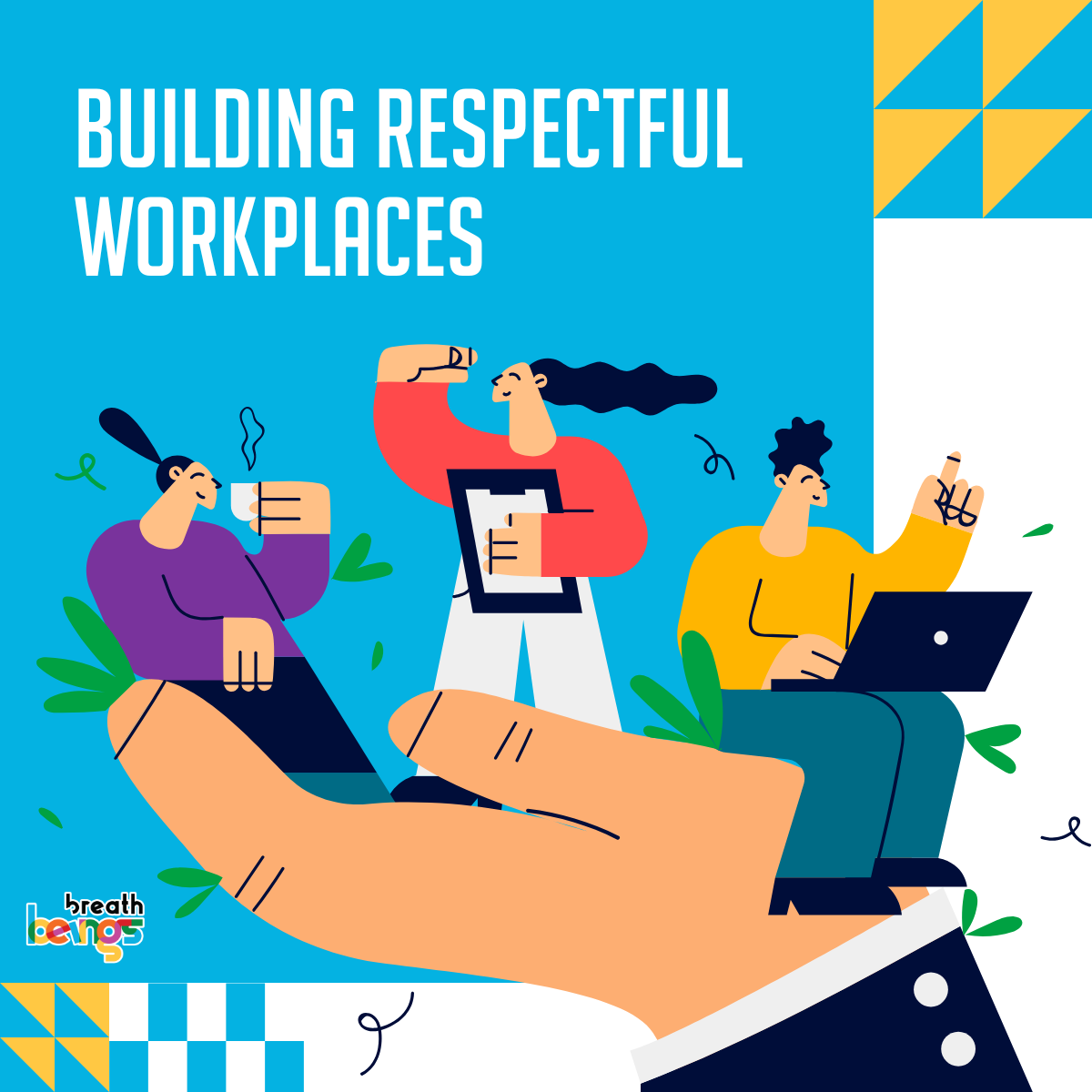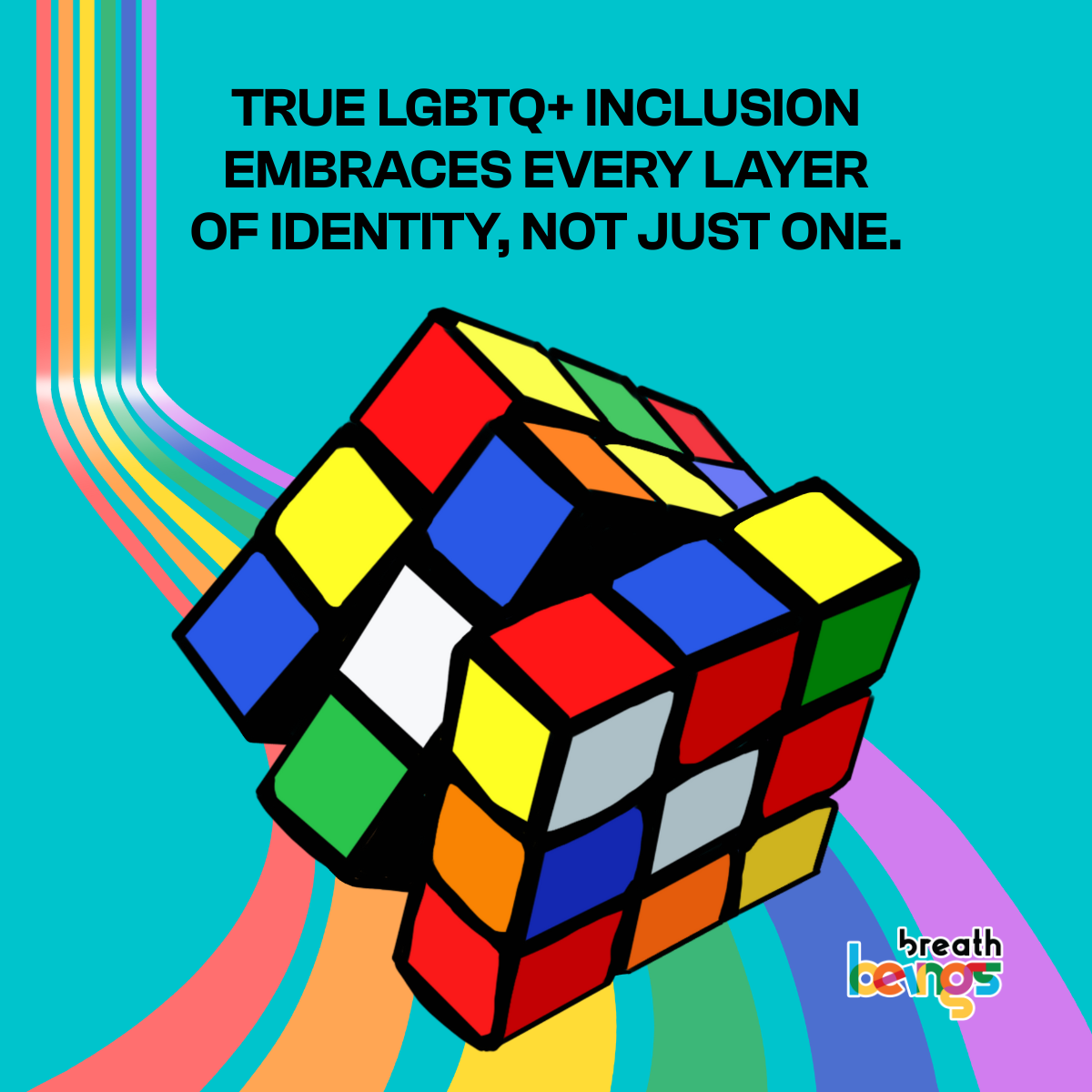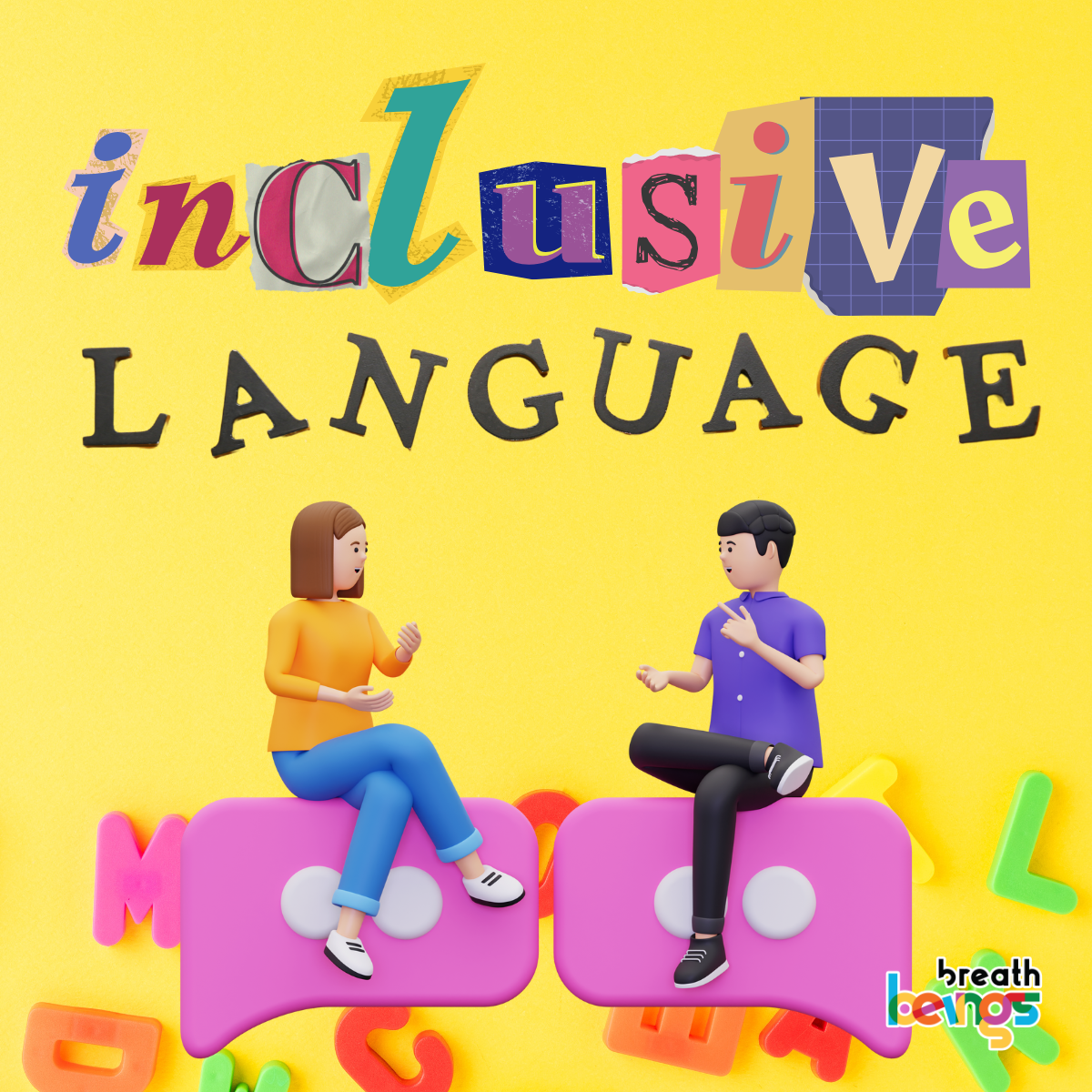Maria’s hands trembled as she stood outside her HR manager’s office. For months, she’d endured uncomfortable comments and unwanted touches from a senior colleague. Today, she had had enough and she had decided it was time to speak up. But as she reached for the door handle, a wave of doubt washed over her. Would anyone believe her? Would her career suffer?
Stories like Maria’s are all too common in workplaces around the world. In a comprehensive survey, the first of its kind, the ILO-Lloyd’s Register Foundation with Gallup found that 23% of employees worldwide have undergone some form of violence and harassment in the workplace. Think that’s a small percentage? That number accounts for 750 million workers across the world.
And in India? In 2023, the country witnessed a 101% increase in the number of sexual harassment cases in the workplace.
However, in India we also have a powerful ally to support employees like Maria and countless others: the Prevention of Sexual Harassment Act, 2013 (PoSH).
What is The POSH Act?
Enacted in 2013, the POSH Act was a landmark moment in India’s fight against workplace harassment. Its primary aim? To protect women from sexual harassment in professional settings, ensuring their right to work with dignity and in a safe environment.
But how many of us truly understand the implications of this groundbreaking law? And more importantly, do organizations know how to implement it effectively? Studies like the one around national sports federations show that implementation has been lackluster. Even the Supreme Court bemoaned the lack of internal complaint committees (ICC) in government offices to field harassment issues.
“Where the ICC have been found to be in place, they do not have the stipulated number of members or lack the mandatory external member. This is indeed a sorry state of affairs and reflects poorly on all the State functionaries, public authorities, private undertakings, organizations and institutions that are duty bound to implement the PoSH Act in letter and spirit,” the bench said, reports the Economic Times.
Why it matters more than ever today
The pervasive issue of workplace harassment now demands action and accountability thanks to high-profile cases and movements like #MeToo. As a result, there’s a growing awareness among employees about their rights and employers about their responsibilities. But awareness alone isn’t enough. To truly make a difference, organizations need to take proactive steps to create safe work environments for everyone. This is where the intersection of legal compliance and effective training becomes crucial.
What to look for in a PoSH e-learning program
E-learning can easily help foster a culture of respect. But not all e-learning programs are created equal. Diversity, Equity, and Inclusion (DEI) leaders trying to pick the right training solution need to keep several factors in mind when choosing one. Here are our top few.
Interactive vs. passive learning
Engaging content and interactive modules are important to hold the audience’s attention. Look for programs that incorporate:
- Scenario-based learning
- Quizzes and assessments
- Role-playing exercises
- Discussion forums
These elements not only make the learning experience more enjoyable but also improve retention and application of the material.
Real-world relevance
Effective POSH training is all about preparing employees for real situations they might encounter. Seek out e-learning courses that feature:
- Industry-specific examples
- Usage of realistic workplace scenarios
- Case studies based on actual incidents
This approach helps learners become better equipped to recognize and respond to potential harassment situations in their own work environments.
Complexity management
Sexual harassment is rarely a black-and-white issue. Effective training needs to address the nuances and grey areas that often arise in workplace interactions. Look for e-learning programs that:
- Present complex scenarios with multiple perspectives
- Encourage critical thinking and ethical decision-making
- Provide guidance on handling ambiguous situations
These factors should give employees the confidence to navigate challenging situations professionally and sensitively.
Accessibility for all
In our diverse modern workforce, it’s essential that POSH training is accessible to everyone, including employees with disabilities. Prioritize e-learning solutions that offer:
- Closed captioning for video content
- Screen reader compatibility
- Adjustable text sizes and color contrasts
- Alternative formats for learning materials
When you consider these aspects, you’re also demonstrating your commitment to inclusivity.
Diverse learning styles
We all learn differently, and effective e-learning programs will cater to various learning preferences through:
- Visual aids (infographics, charts, videos)
- Audio components (narration, podcasts)
- Text-based resources (articles, summaries)
- Kinesthetic elements (interactive exercises, simulations)
A multi-faceted approach helps increase the likelihood that the training will resonate with every learner in your organization.
How e-learning helps in POSH compliance
Beyond these factors, e-learning also has some inherent benefits that help you comply with the POSH Act:
- E-learning can be easily deployed to large workforces, even across multiple locations.
- Digital content can be quickly revised to reflect changes in legislation or best practices.
- Organizations can monitor completion rates and assessment scores, ensuring compliance and identifying areas for improvement.
What is different in the Breath Beings e-learning program?
POSH Act training methods are constantly evolving, and innovative approaches are emerging that combine the best of e-learning with the emotional impact of storytelling.
Our interactive film-based e-learning program is a unique approach that leverages the power of cinema to create an immersive learning experience. Our film-based modules present realistic scenarios which help the audience emotionally engage with the material for a deeper impact.
The interactive element allows participants to explore the consequences of different choices in a safe, virtual environment. This not only reinforces learning but also builds empathy and understanding – crucial components in creating a truly inclusive workplace.
Workplace culture has seen massive shifts in recent times towards equity, inclusivity, and openness. Towards doing better and being better for everyone concerned. DEI is now a priority and PoSH training is a key driver in achieving it.












